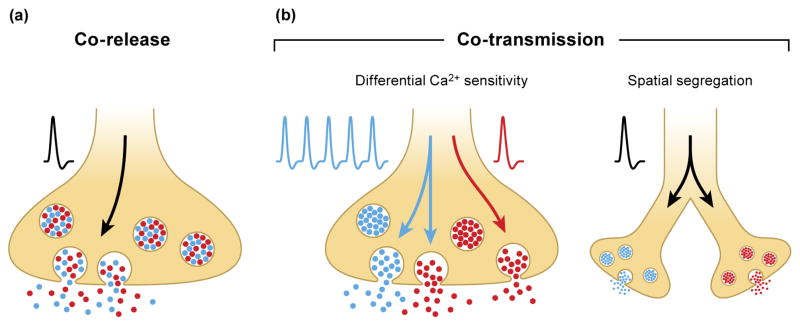Figure 2. Co-release and Co-transmission are distinct modes of release.
(a) With co-release, both neurotransmitters (mixed red and blue) are packaged into the same set of synaptic vesicles. Upon an action potential invading the presynaptic terminal, vesicles containing both neurotransmitters are released into the synaptic cleft. (b) In contrast, co-transmission requires neurotransmitters be sequestered into distinct populations of synaptic vesicles with differential release mediated by differential Ca2+ sensitivities (left panel). For example, a single action potential might release one set of vesicles (red), but multiple action potentials might be required to release both sets of vesicles (red and blue). Alternatively, co-transmission can rely on spatial segregation of vesicle populations to different boutons (right panel) in which case, unique information is transmitted to different postsynaptic targets.

